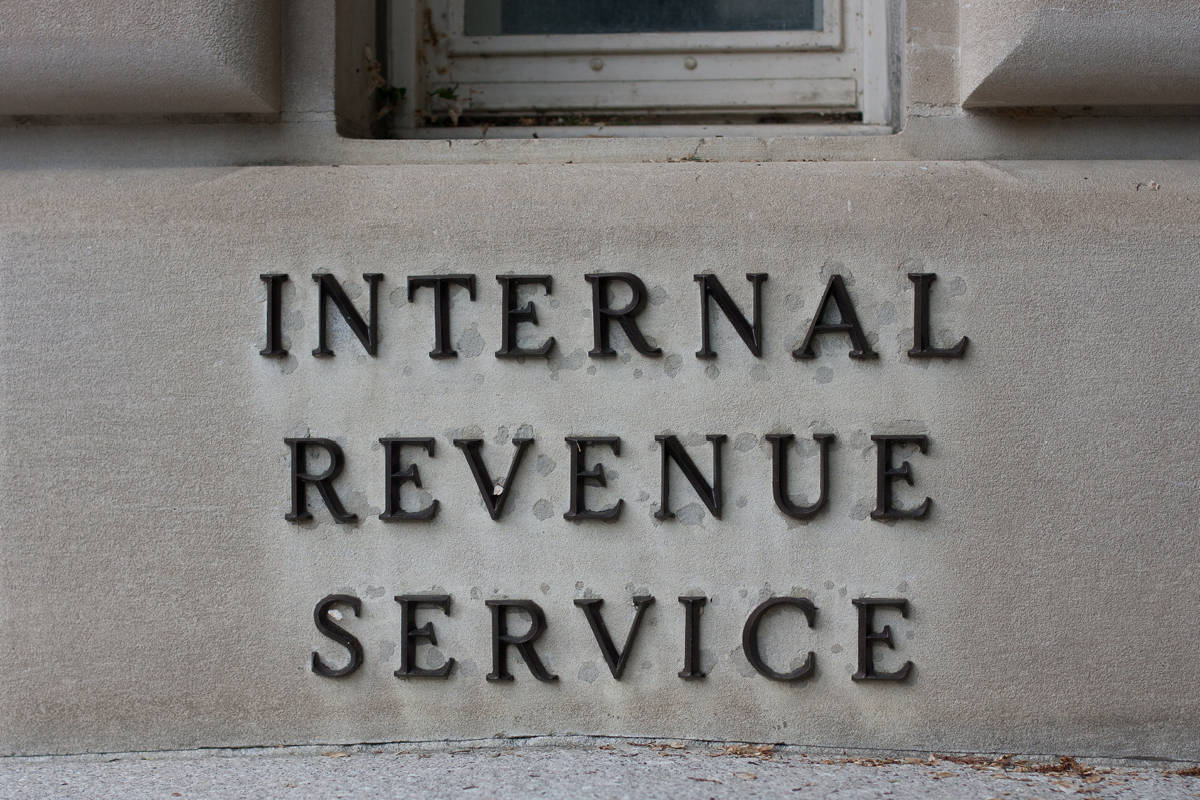
Alert: IRS Releases Guidance on the Employee Retention Credit for PPP Borrowers
Disclaimer: This information was correct at the time of publication; however, new guidance from government agencies may be issued at any time, causing some or all of this information to change. Please visit our COVID-19 Business Strategy Hub for the latest news and ensure you are subscribed here to receive email alerts as they are released. We are working diligently to provide the most current information as it becomes available under our COVID-19 Actionable Insights For Businesses Series.
On March 1, 2021, the IRS released detailed guidance for employers claiming the Employee Retention Credit (ERC) for calendar quarters in 2020. The much-anticipated guidance came in via Notice 2021-20, which clarifies retroactive changes under the Consolidated Appropriations Act, 2021 (CAA) that apply to 2020. Most of these changes relate primarily to expanded ERC eligibility for taxpayers who took Paycheck Protection Program (PPP) loans.
As detailed in our previous blog post that outlines ERC updates released in the CAA, employers receiving a PPP loan can claim the ERC; however, the same wages cannot be counted for PPP loan forgiveness and ERC. The latest IRS guidance clarifies how the ERC and PPP interact and answers questions about how loan forgiveness applications submitted before the CAA impact wages that qualify for the ERC.
As it relates to qualified wages reported on a PPP loan forgiveness application, an eligible employer that received a PPP loan is deemed to have made the election under section 2301(g)(1) of the Coronavirus Aid, Relief, and Economic Security (CARES) Act for those qualified wages included in the amount reported as payroll costs on the forgiveness application. Specifically, the amount for which the eligible employer is deemed to have made the election is the amount of qualified wages included in the payroll costs reported on the PPP loan forgiveness application. This amount is up to (but not exceeding) the minimum amount of payroll costs, together with any other eligible expenses reported on the PPP loan forgiveness application, sufficient to support the amount of the PPP loan that is forgiven.
The new guidance clarifies that even if a business reported expenses above the PPP loan forgiveness amount, only the amount of payroll costs needed to support the PPP forgiveness amount would be included in the election. Payroll costs that are beyond this amount can qualify for the ERC if eligible. It is also important to note that the guidance allows taxpayers to claim the ERC on additional wages that were not considered qualified wages for PPP loan forgiveness.
As an example, suppose a company received a $400,000 PPP loan. Let’s break down how this company would calculate the amount of qualified wages eligible for use in calculating its ERC credit:
- The company paid $400,000 of qualified wages that would be eligible for the ERC credit during the covered period in 2020.
- The company submitted a PPP loan forgiveness application that included $400,000 of payroll costs and $100,000 of other eligible expenses.
- The company is deemed to have elected not to take into account $300,000 of qualified wages for purposes of calculating its ERC credit. This is the amount of qualifying wages, together with the $100,000 of other eligible expenses, necessary to support the PPP loan that was forgiven.
- Note - the $300,000 exceeds the 60% payroll cost minimum requirements ($240,000, in this case) for PPP loans to qualify for full forgiveness.
- Therefore, the company is able to use the remaining $100,000 of qualified wages for its ERC credit calculation, which consists of the $400,000 of qualified wages less the $300,000 deemed to have been utilized for the PPP loan forgiveness.
- This results in the company is maximizing both its PPP loan forgiveness and its ERC credit.
One thing to keep in mind is that only expenses initially included on the PPP loan forgiveness application will be considered. A borrower cannot go back and resubmit the forgiveness application to include additional non-payroll, eligible expenses that were originally excluded to save payroll wages for the ERC. Additionally, if the PPP loan forgiveness application hasn't already been submitted, our advice is to exclude wages used for ERC from it before submission.
Additional ERC guidance in Notice 2021-20 includes explanations on:
- 1) Eligible employers.
- 2) What constitutes a full or partial suspension of trade or business operations.
- 3) Definition of a significant decline in gross receipts.
- 4) The maximum amount of an eligible employer’s employee retention credit.
- 5) Qualified wages.
- 6) Claiming the employee retention credit.
- 7) Substantiating the claim for the credit.
If you need assistance with the Employee Retention Credit or PPP loan consulting, the Moore Colson Tax Services practice is here to help. Please contact us for more information.
